Cosmetic Implements
Iron Age I–II, 12th–6th Century BCE
Image
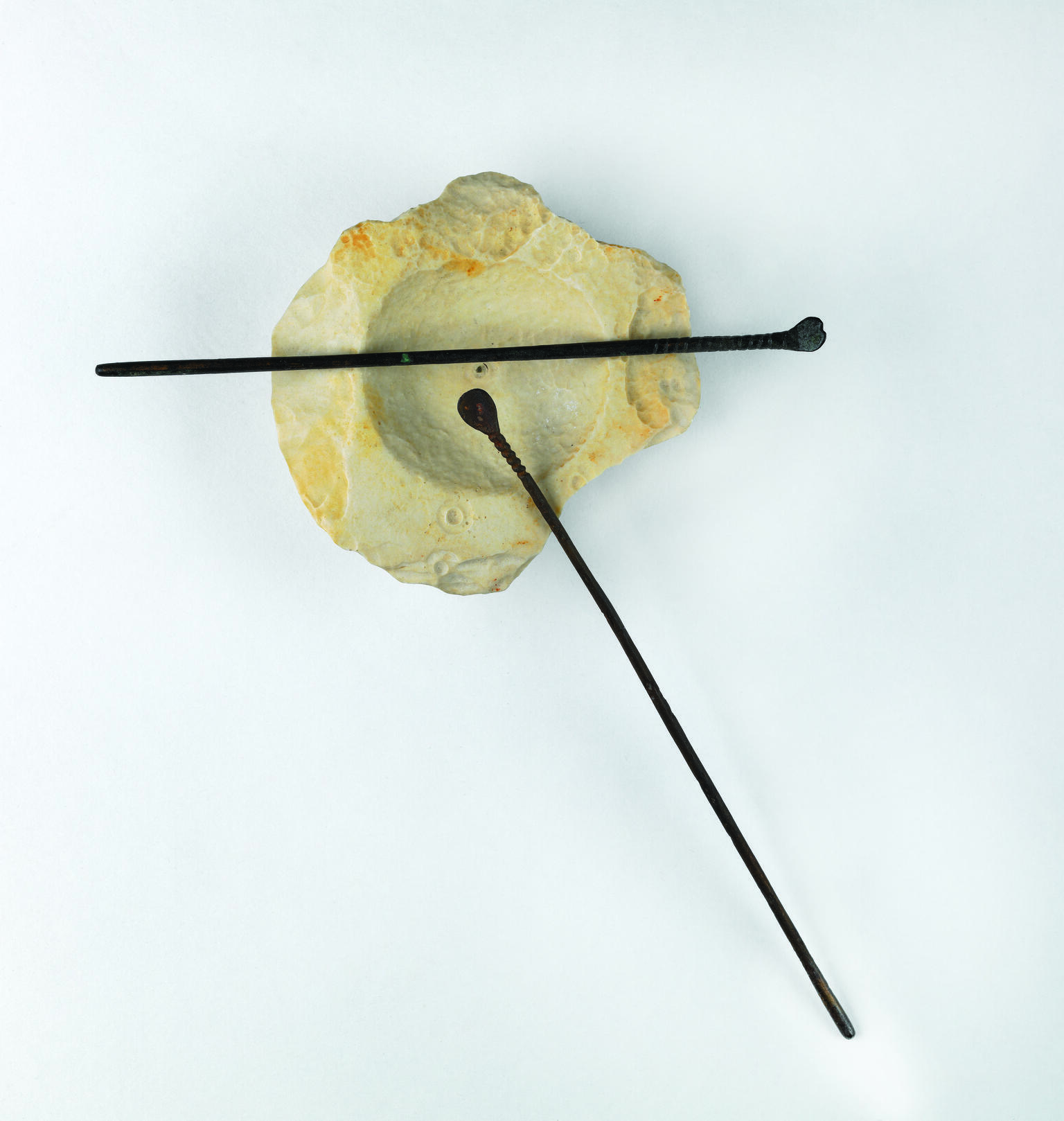
Engage with this Source
Related Guide
Visual Culture and Performing Arts in Ancient Israel
Biblical Period
Evidence for the material culture of ancient Israel comes mostly from artifacts and archaeology and attests to the influence of the great empires that surrounded Israel.
Related Guide
Provenance and Dating of Artifacts from the Biblical Period
Biblical Period
Artifacts help historians reconstruct the past, using layers of excavation to establish the chronology of the sites they excavate.
Related Guide
Ancient Israelite Dress and Adornment
Biblical Period
Though scant evidence of clothing has survived from the biblical period, given its biodegradable nature, jewelry and other items of adornment have.
You may also like

Toggle Pin
Toggle pins and fibulae were fasteners for garments, and because they were often decorated, they also functioned as jewelry. The toggle pin was a thick straight pin, ornamented on its upper part or…
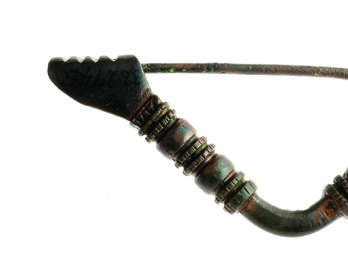
Fibula
The fibula, which replaced the toggle pin during the Iron Age, is similar to a modern safety pin. It had a main bent section with a clasp, which was often elaborately decorated, and a simple straight…
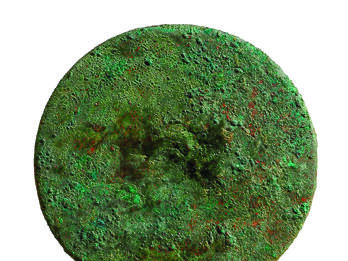
Bronze Mirror
This mirror was found in the Moringa burial cave at En Gedi; its tang would have been fitted into a handle, now missing, made of metal, ivory, or bone (see Ivory and Bone Carvings and Engraved…
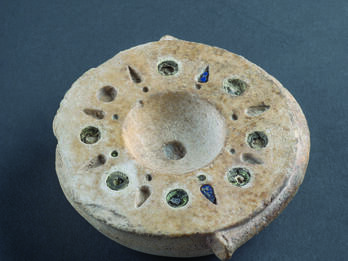
Cosmetic Bowl
This limestone cosmetic bowl from Megiddo has mosaic decoration around the rim. It consists of alternating circular and bud-shaped inlays of blue and brown glass. Some are now missing. The central…
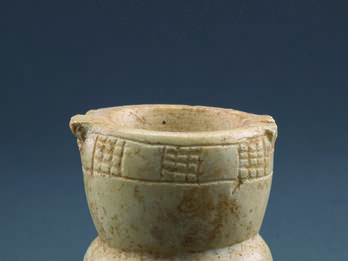
Goblet-shaped Cosmetic Container
This goblet-shaped cosmetic container of white limestone is from Hazor. The footed base, midsection with festoon pattern, and deep bowl with upper frieze of alternating checkerboard pattern form three…
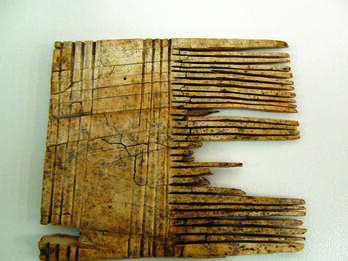
Bone Comb
This comb is from a Philistine site at Ekron, but combs looked the same throughout the region.

